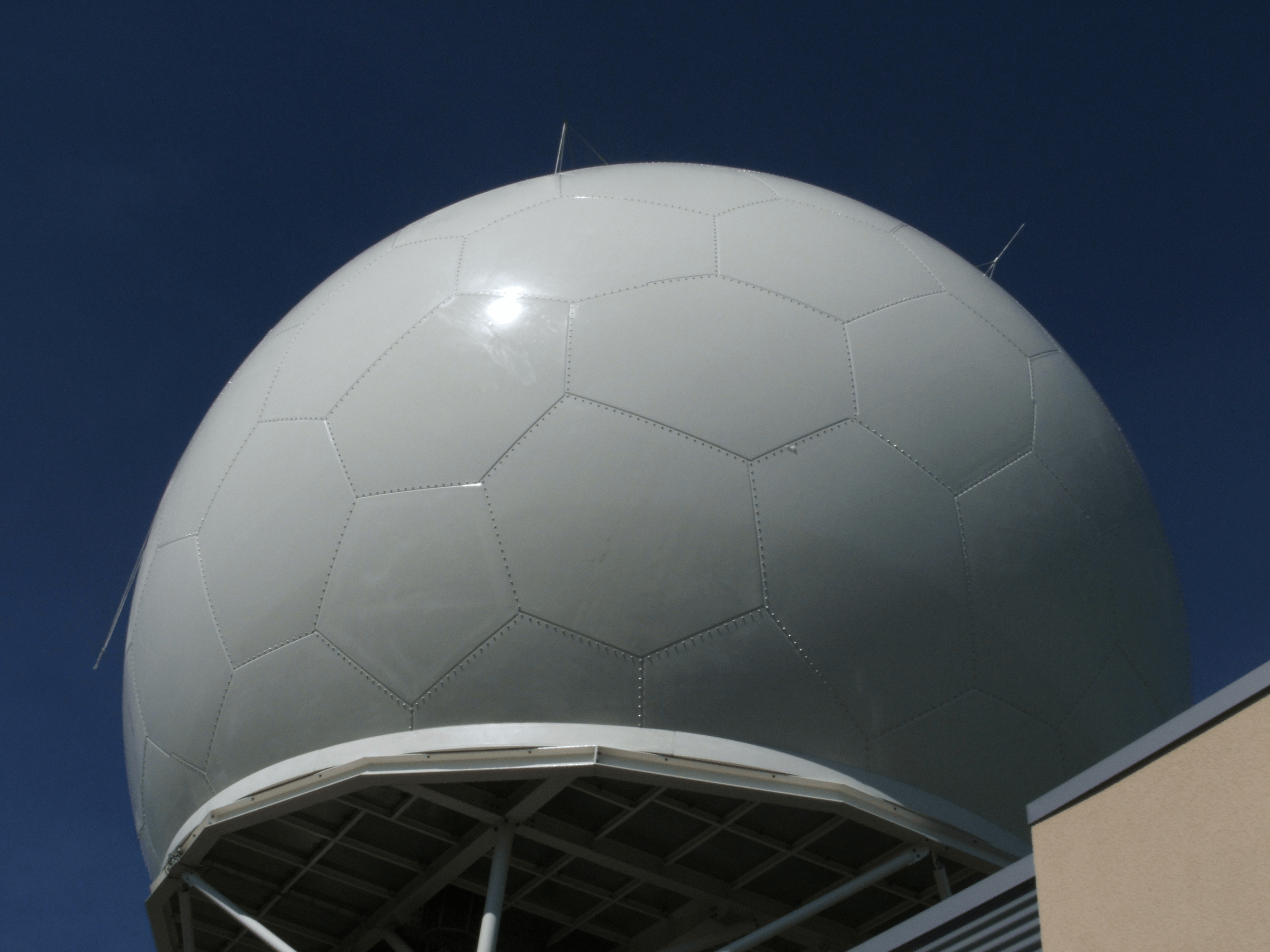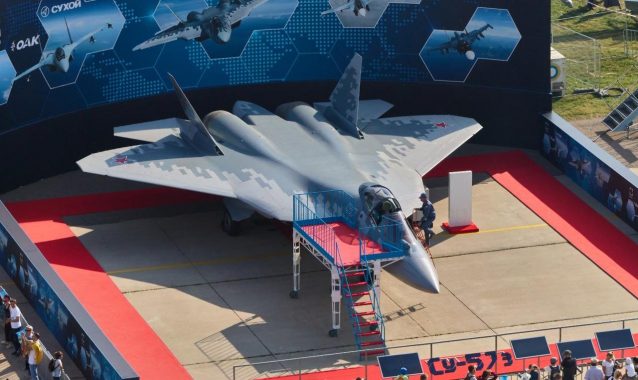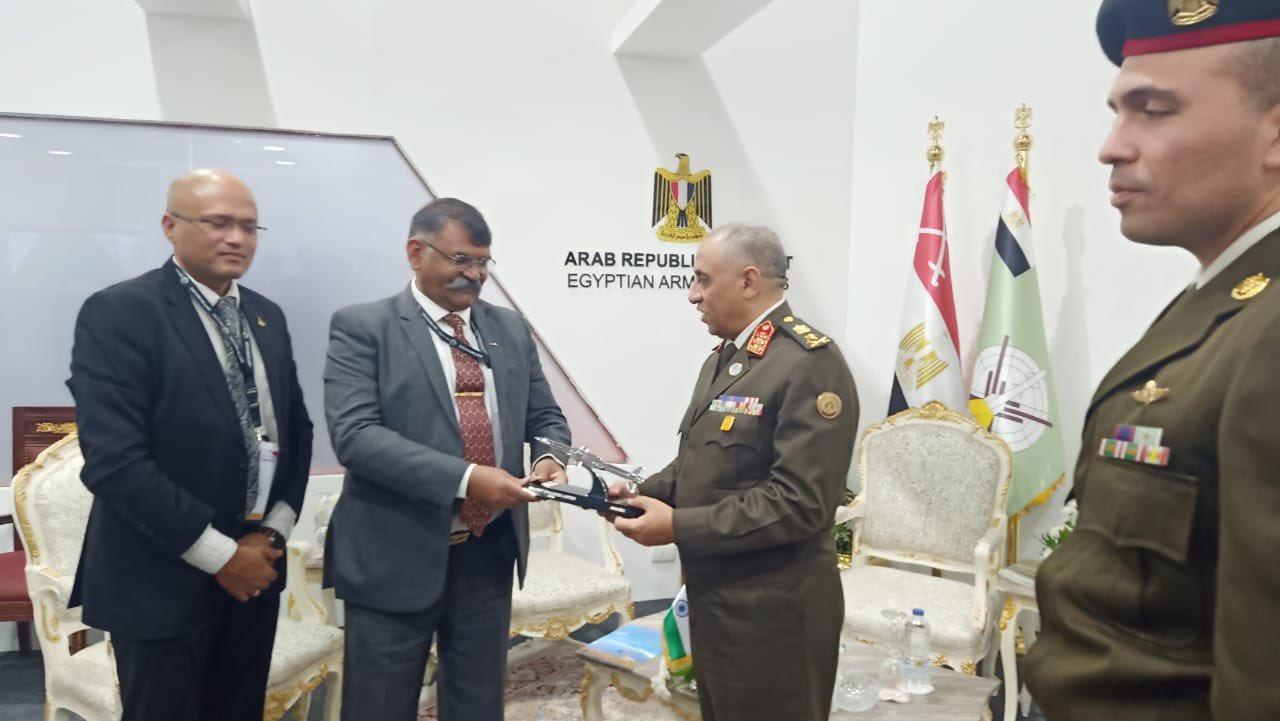SOURCE: IDRW.ORG TEAM

The Vehicles Research and Development Establishment (VRDE), based in Ahmednagar, India, has undertaken a project named Mounted Gun System (MGS). This project aims to develop a state-of-the-art artillery system for the Indian Armed Forces.
The VRDE MGS has been compared to other contemporary MGS systems currently in operation around the world. This comparison highlights the strengths and potential of the Indian system.
Continue readingSOURCE: IDRW.ORG TEAM

India’s Astra Mk1, a Beyond Visual Range Air-to-Air missile (BVRAAM), is gaining traction among nations that operate Russian Sukhoi Su-30 variants, signaling a growing interest in Indian-developed defense technologies. This surge in interest comes following significant orders from the Indian Air Force (IAF), one of the world’s largest operators of the Su-30 family of aircraft.
The Astra Mk1’s emergence as a viable alternative to Russian BVRAAMs stems from India’s strategic decision to move away from the Russian-made R-77 BVRAAMs. Recognizing the technological edge of Western BVRAAMs, India’s Defence Research and Development Organisation (DRDO) was tasked with developing the Astra BVRAAM, a missile capable of matching the performance of Western counterparts like the AIM-120 Advanced Medium-Range Air-to-Air Missile (AMRAAM).
Continue readingSOURCE: RAUNAK KUNDE / NEWS BEAT / IDRW.ORG

Cochin Shipyard Limited (CSL) is gearing up to complete its massive drydock facility at its Ravipuram shipyard in Kochi, India. With a capacity to accommodate vessels of up to 70,000-tonne docking displacement, the drydock will be operational by June 2024 and is expected to play a pivotal role in the construction of India’s third indigenous aircraft carrier, IAC-III.
The drydock, constructed for Rs 1,799 crore, boasts a unique ‘stepped’ layout and a design life of 100 years. It was initially designed to accommodate the proposed IAC-II aircraft carrier, which was envisioned to be larger than the Indian Navy’s current INS Vikrant. However, due to budgetary constraints, the Navy opted for a sister ship of INS Vikrant, a 44,000-ton displacement aircraft carrier.
Continue readingSOURCE: RAUNAK KUNDE / NEWS BEAT / IDRW.ORG

Ministry of Defence (MoD) has issued a challenge under the Innovation for Defence Excellence (iDEX) initiative seeking proposals from private sector companies to design and develop pressurized radomes for Indian Air Force (IAF) radars.
Radomes are protective enclosures that house radar antennas, shielding them from harsh weather conditions and ensuring optimal performance. Pressurized radomes are specifically designed for high-altitude operations, maintaining the necessary atmospheric pressure inside the enclosure to prevent damage to the radar system.
Continue readingSOURCE: IDRW.ORG TEAM

The Indian Army’s Infantry Combat Vehicle (ICV) BMP-2 Sarath has undergone a significant upgrade, enhancing its combat capabilities. The most notable improvement is the increased capacity to carry two Forget Anti-Tank Guided Missiles (ATGMs) instead of the previously integrated single missile.
This upgrade represents a step towards modernizing the Army’s ATGM arsenal, transitioning from second-generation systems to more advanced third-generation fire-and-forget models. This shift focuses on enhanced accuracy, range, and lethality against enemy armor. Notably, the Army is also actively developing indigenous third-generation ATGMs, further bolstering its self-reliance in this critical area.
Continue readingSOURCE: IDRW.ORG TEAM

A high-level delegation led by Lt. General Osama Askar, Chief of the General Staff of the Egyptian Armed Forces, visited the BrahMos stall at EDEX2023, a major international defense exhibition held in Cairo, Egypt.
During the visit, Lt. General Askar showed keen interest in the BrahMos Weapon System, a supersonic cruise missile jointly developed by India and Russia. Dr. Sanjeev Kumar Joshi, Deputy CEO of BrahMos Aerospace, briefed the delegation on the system’s features and capabilities.
Continue readingSOURCE: RAUNAK KUNDE / NEWS BEAT / IDRW.ORG

In a bid to bolster its presence in the global aviation market, Russia’s Rosoboronexport is proposing a trilateral co-production plan for its fifth-generation Su-57E fighter jets with India and the United Arab Emirates (UAE). This strategic move comes at a time when both India and the UAE are considering their options for acquiring next-generation fighter aircraft.
The UAE, which has suspended talks with the US regarding a $23 billion deal for the purchase of 50 F-35 fighter jets, is seeking alternatives to meet its defence requirements. The Su-57E, with its advanced stealth capabilities and impressive performance, has emerged as a potential contender for the UAE’s fighter jet program.
Continue readingSOURCE: RAUNAK KUNDE / NEWS BEAT / IDRW.ORG

The Indian Air Force (IAF) is determined to reduce its reliance on foreign original equipment manufacturers (OEMs) for the supply of weapons systems. In a significant move, the IAF has decided to seek indigenously developed air-to-air and air-to-ground weapons for the fighter jets selected under the Medium Multi-Role Fighter Aircraft (MRFA) tender.
The MRFA tender aims to procure 114 fighter jets that will be locally manufactured in India. Six OEMs have responded to the request for information (RFI) issued in April 2019, and they have been informed about the IAF’s decision to prioritize indigenous weapons for these jets.
Continue readingSOURCE: RAUNAK KUNDE / NEWS BEAT / IDRW.ORG
Chennai-based MRF is expanding its reach into the military-grade tire market with plans to develop and supply tires for Rafale M and TEDBF Deck-based fighter jets. This move comes after the company successfully developed nose wheel and main wheel tires for the Navy’s MiG-29K fighter jets.
MRF’s foray into military-grade tires began in 2014 when it developed tires for the Su-30MKI and MiG-29UPG fighter jets. The company has since developed tires for the Tejas Mk1A and Tejas MkII fighter jets, as well as the IL-76 Transporter, P-8I MPA Aircraft, Seaking, ALH-Dhruv, and Chetak helicopters.
Continue readingSOURCE: IDRW.ORG TEAM

As the nation eagerly awaits the grand spectacle of the Republic Day Parade in 2024, the Defense Research & Development Laboratory (DRDL) in Hyderabad is preparing to leave a lasting impression with a stunning tableau showcasing a myriad of defense innovations. This tableau promises to be a remarkable visual representation of India’s cutting-edge defense capabilities, capturing the essence of the nation’s commitment to self-reliance and technological advancement in the defense sector.
At the heart of this tableau is a dynamic mount missiles display, featuring meticulously crafted models of various missile systems developed by DRDO. These missile models are strategically positioned on a rotatable stand, allowing them to rotate 360 degrees without touching each other. The tableau’s floor will be transformed to simulate a desert landscape, emphasizing the versatility of India’s defense technology.
Continue readingSOURCE: RAUNAK KUNDE / NEWS BEAT / IDRW.ORG

The Defence Acquisition Council (DAC), chaired by Raksha Mantri Shri Rajnath Singh, granted approval for the Acceptance of Necessity (AoN) for the procurement of 97 additional LCA-Tejas Mk1A fighter jets on November 30, 2023.
Typically, following the AoN, contracts are negotiated with the manufacturers and then submitted to the Cabinet Committee on Security (CCS) headed by the Prime Minister. However, since the aircraft to be procured were previously ordered in 2021, including a deal for 83 Tejas Mk1A fighter jets, the transaction is likely to proceed smoothly. The Indian Air Force (IAF) does not anticipate requesting any significant changes to the aircraft, and HAL is working to increase the indigenous content from the current 65% to 80% for the second batch.
Continue readingSOURCE: RAUNAK KUNDE / NEWS BEAT / IDRW.ORG

In a significant move to bolster India’s maritime prowess, Navy Chief Admiral R Hari Kumar has advocated for the development of a second aircraft carrier based on the INS Vikrant design. This strategic decision comes as the Indian Navy envisions a future with two operational aircraft carriers and a third undergoing routine maintenance.
The Indian Navy’s flagship carrier, INS Vikramaditya, a modified Kiev-class carrier, will be nearing the end of its 25-year lifespan, with its retirement slated for 2038. To fill this void, the Navy will be seeking approval for a third aircraft carrier, which is expected to be cleared before 2030 and take approximately 7-9 years to construct.
Continue readingSOURCE: RAUNAK KUNDE / NEWS BEAT / IDRW.ORG

Cmde A Madhavarao (Retd), CMD, BDL, and Lt Gen Mohamed Hegazy, the Egyptian Air Defence Commander of The Arab Republic of Egypt, held a fruitful discussion about cooperation in the field of Air Defence during Egypt Defence Expo – 2023 in Cairo.
The two leaders discussed the potential for India to supply Egypt with its indigenously developed Akash surface-to-missile defence system. Madhavarao also presented a scale model of the Akash missile system to Hegazy.
Continue readingSOURCE: IDRW.ORG TEAM

@ajitkdubey
The Indian Air Force’s (IAF) Airbus-321 fleet has commenced frequent sorties to calibrate the equipment being installed on the aircraft as part of the Netra Mk2 program. The program involves converting six Air India A321 commercial planes into Airborne Early Warning and Control (AEW&C) aircraft.
The Airbus-321 fleet has already been stripped out of its commercial avionics and upgraded to military-grade. The aircraft will start receiving airborne sensors along with the main AESA radar from DRDO from next year.
Continue readingSOURCE: IDRW.ORG TEAM

Tesscorn, a leading provider of high-speed imaging systems and solutions, has been instrumental in supporting India’s Aerospace and Defense (A&D) missions by providing cutting-edge technologies that enable precise and reliable tracking of missiles, rockets, and other airborne objects.
The company’s TrackEye6DoF motion analysis software plays a crucial role in validating the separation of missiles and rockets from Indian Air Force (IAF) and Indian Navy (IN) fighter aircraft. The software utilizes advanced algorithms to track objects in three dimensions, providing accurate data on their trajectory, velocity, and acceleration.
Continue reading